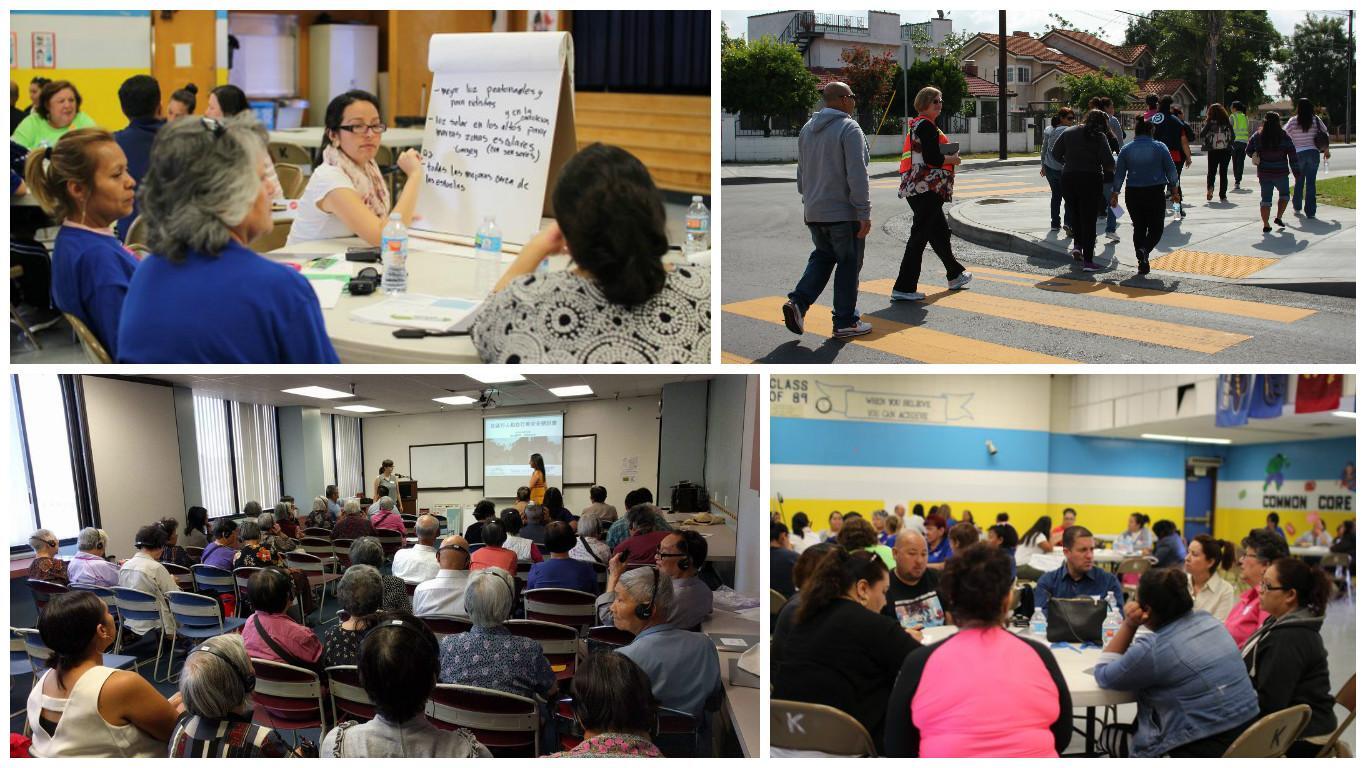Objective: To estimate the effectiveness of booster seats and of seatbelts in reducing the risk of child death during traffic collisions and to examine possible effect modification by various collision and vehicle characteristics.
Methods: A matched cohort study was conducted using data from the Fatality Analysis Reporting System. Death risk ratios were estimated with conditional Poisson regression, bootstrapped coefficient standard errors, and multiply imputed missing values using chained equations.
Results: Estimated death risk ratios for booster seats used with seatbelts...


 The National Highway Traffic Safety Administration (NHTSA) reports that nationwide in...
The National Highway Traffic Safety Administration (NHTSA) reports that nationwide in...


